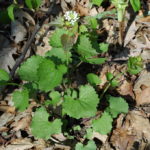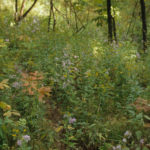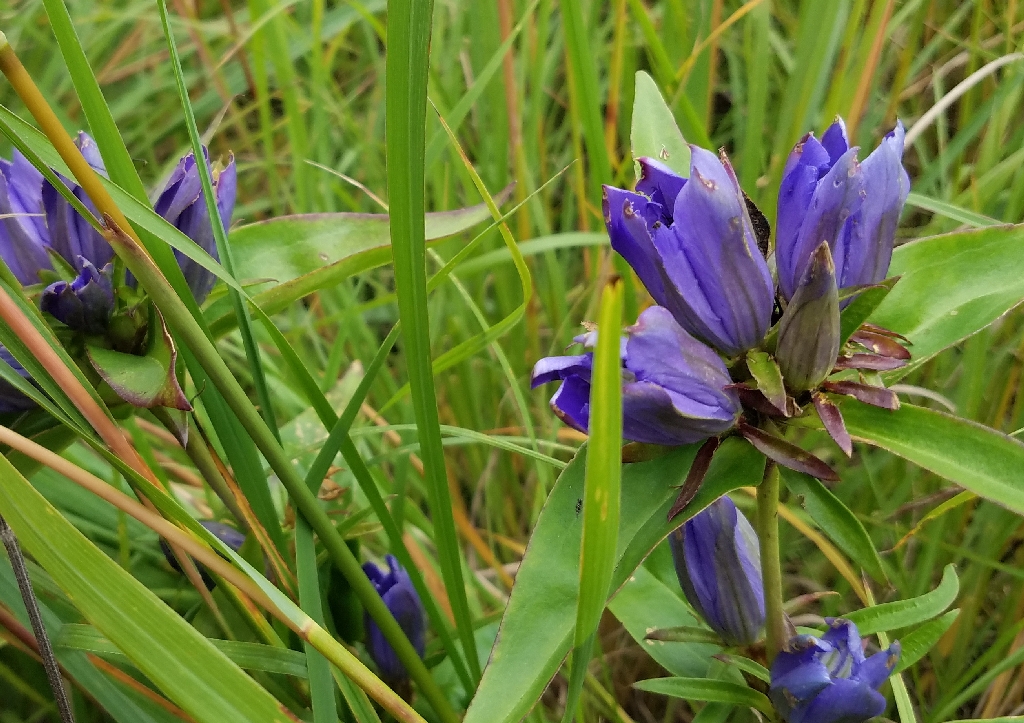
Milkweeds On The North Branch
Milkweed pollination is a complex multi-step affair, second only to orchid pollination for its intricacy. Milkweeds like the swamp milkweed shown below cannot self pollinate; instead they rely on insects like bees, wasps, moths, and butterflies to move pollen from one flower to another and create fertile seeds. Milkweeds attract insects by producing abundant nectar, which the milkweeds replenish overnight, offering abundant bounty to night visiting moths as well as day time visitors.
When insects zero in to alight on a milkweed flower, attracted by smell and the hope of a nectar meal, they are inadvertently landing on an insect leg trap! Parts of each milkweed flower are 5 structures called stigmatic slits; each slit contains pollen grains clustered into a pollen bearing sac called a pollinium–each slit has two of these pollinia. These slits are narrow openings that can grab hold of an insect leg or foot. The flower surface is slippery, increasing the odds of a leg or foot slip into the slit. The flower is engineered so that when the insect drinks the nectar held on the side of the flower, the slit narrows and traps the foot. As the insect pulls to extract its legs, the pollinium gets stuck on its leg hairs. When the insect proceeds to another flower, and another foot slip happens, the insect leaves behind the pollinium in its struggle to pull out its leg.
Studies have shown that bumble bees and large carpenter bees are the most effective milkweed pollinators because they are most likely to transfer pollen; small to medium sized bees are much less effective. And some insects, like leaf cutter bees and soldier bees, are ineffective pollinators because they lack the pollen carrying structures on their legs. Getting trapped in the stigmatic slit can be fatal to small bees, who lack the strength to pull themselves out of the slits. And even larger bees can lose a leg in the process. Yet the pollination of only one flower in the cluster pays big dividends for the milkweed. Each milkweed pod contains many seeds, up to 100 depending on the species.
Many milkweeds are in bloom now in our prairies, savannas, and woodlands. Come out and enjoy their bright colors, their powerful smells, and their intricate pollination process at a North Branch workday soon.





